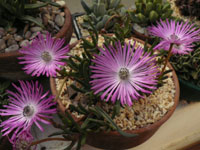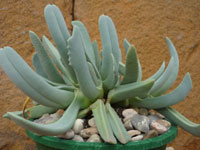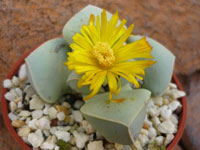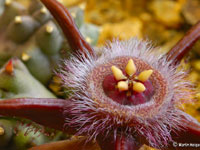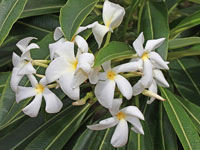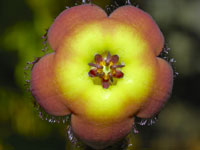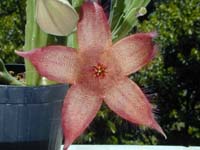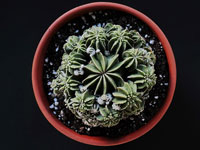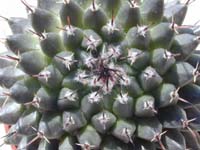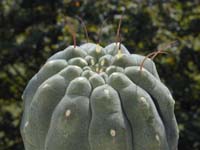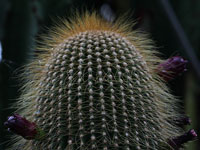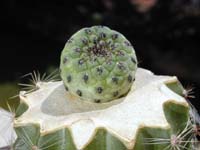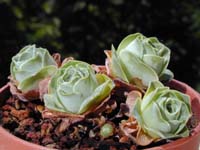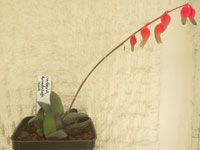A common feature of many succulent is the ease with which they can reproduce vegetatively by cuttings that is, for example, stem or leaf. For shrubby cacti is sufficient to detach one of the side heads, which often, if in contact with the soil, will already have taken root, and plant it in another container. Other succulents produce side shoots that can be easily separated from the mother plant, or have fleshy leaves that come off immediately to the slightest shock and emit roots even as they remain firmly on the ground for a few days. Several species of Kalanchoe along the leaf margin produce propagules, that is small plants already formed and equipped with adventitious roots ready for propagation.
When you can not get a portion of the plant in a manner so simple it is necessary to use a sharp knife to obtain a cutting of the stem or leaf. Regarding the cuttings of leaves, I mean those succulent not cacti equipped with rather fleshy leaves, able to maintain their consistency over a long period if they are separated from the plant. For most of these succulent, e.g. many Crassulaceae, however, it is not necessary to cut the leaf: in fact it is enough to bend to the point where it will automatically disconnect from the stem. It can then be immediately planted, burying the basis for not more than one centimeter, in a porous and well drained soil, even pure sand may be fine to root these cuttings.
The cuttings formed by a cut needs instead a rest period to allow the wound to dry. Allow it upright out of the sun for at least a week then cut it out in a well-drained soil, as described by the cutting of a leaf. In both cases, wait a few more days to water and do not expose to direct sunlight until it has given indication that it has taken root.
If the cutting is large and does not remain in an upright position easily, you must resort to a support to which tie; in general it is not even indispensable burying, it is sufficient that the base from which the new roots will arise be in contact with the ground, thus also reducing the risk that the base rot.
If you like what you've read Publish on Facebook.

























